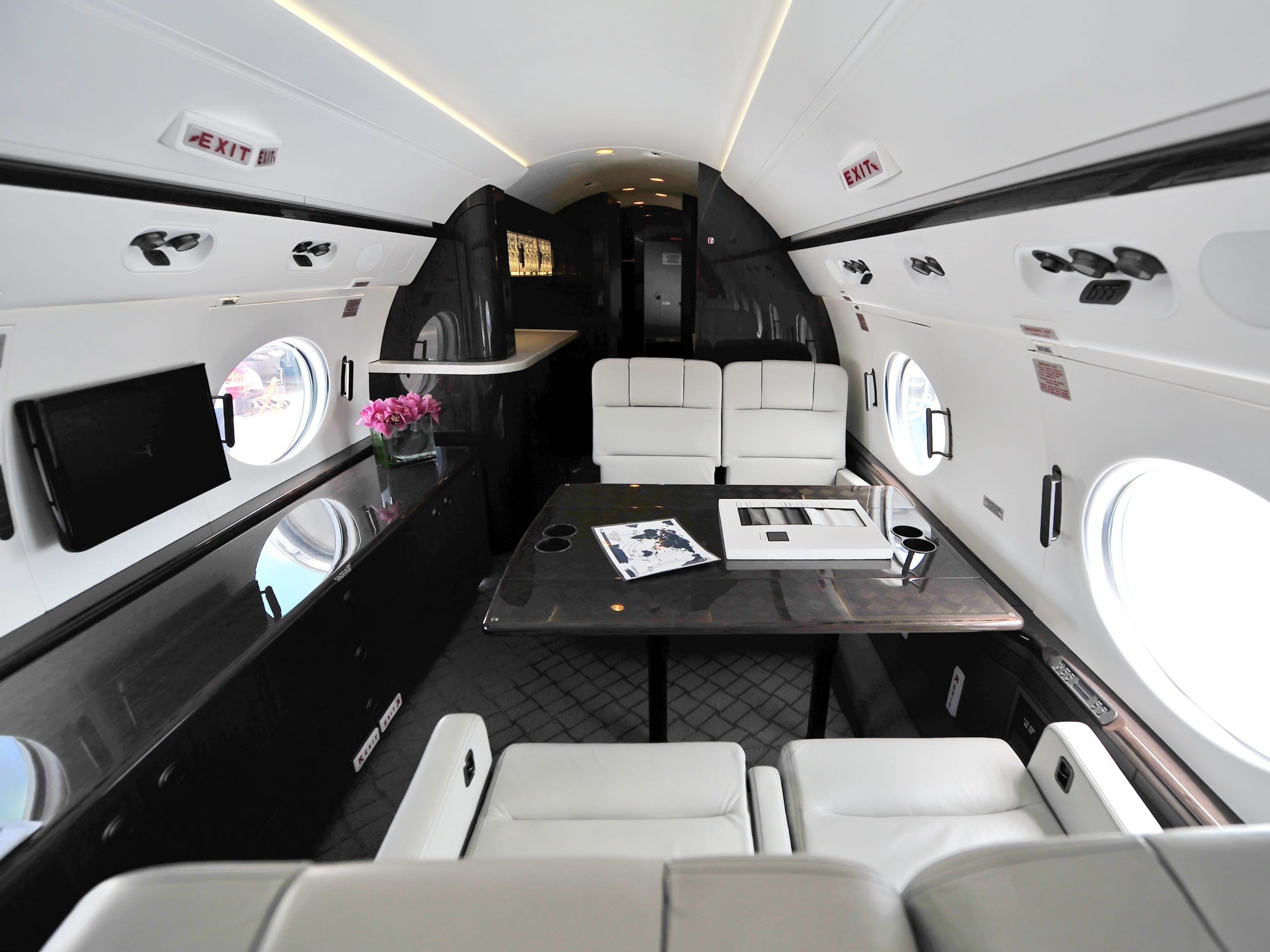- The decision to fly private in the post-pandemic world will likely be one based on safety more so safety than just cushy luxury for those who can afford it.
- Private aviation boasts numerous safety benefits over flying on a commercial airliner including the use of a private terminal and drive-up access to aircraft.
- Overall journey times are also reduced and new aircraft technology allows for longer nonstop flights than before.
- Visit Business Insider’s homepage for more stories.
The luxury of private jet flying is typically associated with the rich and famous but its benefits now include health and safety.
As the world’s population begins a slow return to the skies, commercial aircraft are becoming increasingly crowded and the alternatives appear to simple: stay home, drive, risk flying on an airliner, or fly private. Though the last is the most expensive, flying private has numerous advantages when it comes to ensuring a healthy travel experience that including skipping the airport terminal and not worrying about social distancing onboard the aircraft.
With safety becoming paramount in the pandemic-stricken world and safety becoming a highly sought-after commodity for the ultra-wealthy, private jet companies are predicting a boom in their industry and are taking measures in preparation for an influx of new flyers. Most of these flyers have been able to afford to charter private aircraft but couldn’t justify the cost before now.
Here’s how private flying is safer than commercial.
Private aircraft flyers use private terminals away from the congested commercial side of the airport.

Private aircraft use smaller executive terminals, referred to as fixed-based operators, which are typically one or two-story buildings with private lounges instead of gates. The terminals are typically less congested as private flyers typically board their aircraft as soon as they arrive, reducing the risk of proximity spread from other passengers.
Most airports also allow passengers to drive directly to their aircraft and also be picked up air-side, avoiding the need to enter the terminal altogether.
Only certain people are allowed on the plane.

Unlike with commercial jets, the manifest for the flight is set by the lead passenger or the organization paying for the flight. Except on seat-sharing flights like those operated by JetSmarter, the passengers on board have total control of who they fly with.
Private planes can access smaller and more remote airports, reducing travel times.

Commercial travelers are restricted to the route networks of the airlines they fly while private aircraft can use nearly any public-use airport in the country, as long as the runway is long enough and there's fuel.
Smaller airports are often more convenient and closer to city centers, as seen in big cities like Los Angeles, Denver, Seattle, and Toronto, but can also help reach remote locations like in Telluride, Colorado and Park City, Utah, to reduce overall journey times.
Security screenings aren't required on most flights.

This is perhaps one of the greatest benefits as passengers can avoid waiting in crowded lines, touching security bins, and walking barefoot through a scanner.
Certain airports, though very few of them, do require going through security screening for private flyers, including when flying into Washington's Ronald Reagan National Airport.
Going through customs is often a more intimate experience.

Instead of emptying out into a large international arrivals hall, the process for clearing customs in most countries when flying private is a lot easier.
Border agents typically will either board the plane to inspect documents or escort passengers into a private office while they answer questions and have documents checked.
Boarding passes aren't required.

Passengers don't have to check-in for their flights at a kiosk or check their bags with airport staff. Pilots need only check the identification of passengers to ensure they match the manifest and that's all that's required.
Baggage is handled by a small handful of people.

When arriving at an airport, an airport worker known as a line service technician takes the baggage of the passengers and gives it directly to the pilots for stowage on the aircraft. The process is very transparent and doesn't involve numerous people unlike in an airport setting.
Newer private jets can fly longer routes nonstop.

Private jets are constantly pushing the boundaries of nonstop flight with new entrants like the Bombardier Global 7500 and Gulfstream G700 able to fly at and upwards of ranges of 7,500 nautical miles. Almost every current route flown by commercial airlines can be flown with a private jet.
Nonstop routings avoid the need for fuel stops that extend the duration of a journey and further risk exposure to a virus.
The overall journey is shorter, allowing travelers to limit their exposure away from controlled environments.

The sum total of these benefits is a shorter journey with less exposure to potential pathogens and germs. Passengers can drive up to the aircraft from the safety of their vehicle, board the aircraft, fly nonstop to nearly anywhere in the world, get picked up air-side, and go directly to their destination.
Overall, the amount of touchpoints is reduced when flying which significantly lowers the risk of exposure to germs.

